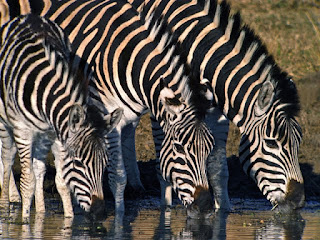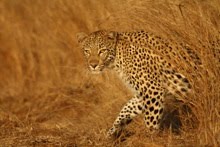Primates are - to European tastes at least - very very exotic creatures. South Africa has three large primates, the Vervet Monkey, the Samango Monkey, and the Chacma Baboon. This post doesnt really fit with the rules of the "Wildlife up close" digiscoping series, but I will put it in there because it is somehow related.
Young Vervet Monkey


Samango Monkeys



Young Chacma Baboon drinking at sunset
If you have not seen any of the "Wildlife up close" digiscoping series, then here is a bit of an intro (from the first Cape Buffalo post):
So one of the great things about digiscoping is that one has a huge focal length to play with, so one can really get up close and personal with some pretty impressive creatures. In my time in Southern Africa, I was able to get a whole pile of close-up macro-style images of a variety of wildlife.
What I would like to do is to create a collection of the best "Wildlife up close" images but I would like you to help me out. Each post will feature a different species of African wildlife and I would like to vote for your favorite (or against your least favorite).
Please vote for your favorite, and at the end of the series, I will randomly choose a winner from each post in the series and send them the original full-sized image they chose.
Happy voting and good luck!
Dale Forbes


















































.jpg)



.jpg)








.jpg)


